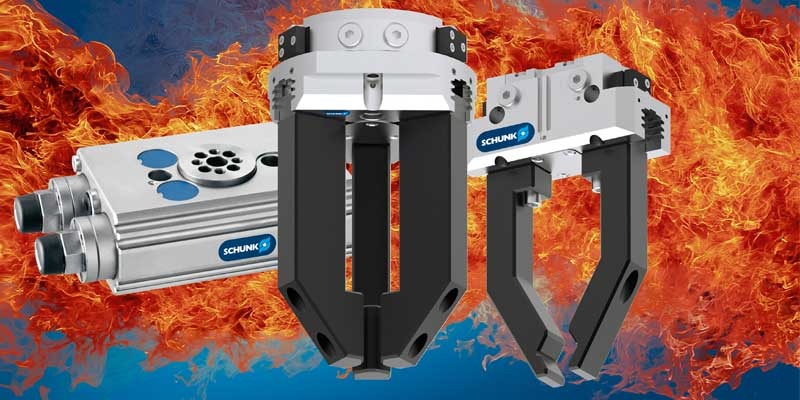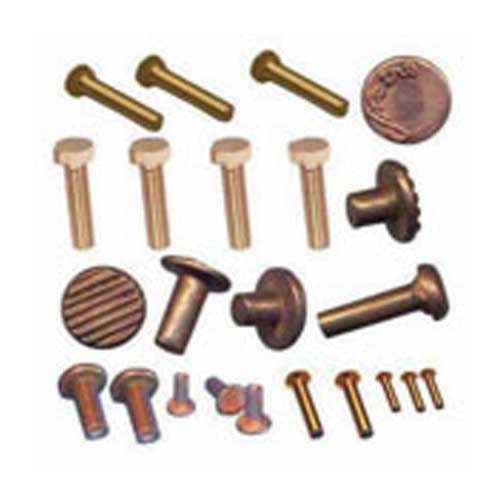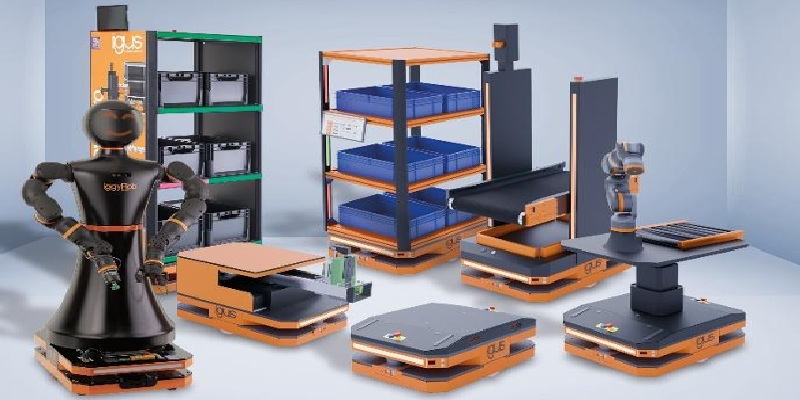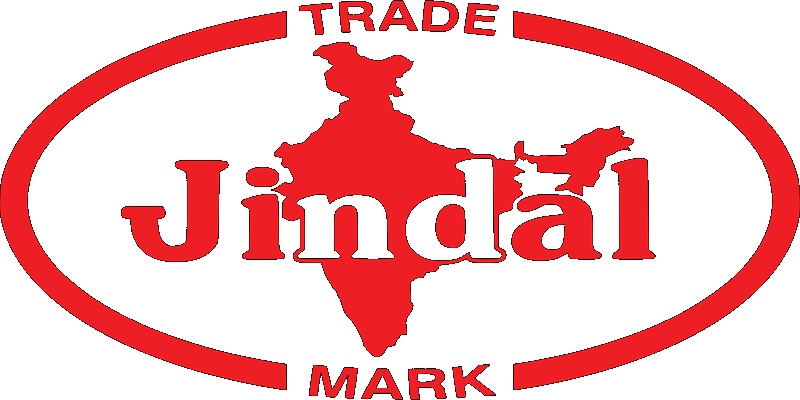Schedule a Call Back
A well-rounded affair: Low-deformation workpiece clamping
 Technical Articles
Technical Articles- Mar 01,19

Related Stories

SCHUNK offers magnetic switches for gripping systems in explosive atmospheres
SCHUNK is now offering a freely programmable and universally applicable magnetic switch with ATEX certification for device group II, category 2 for monitoring gripping systems in potentially explosi..
Read moreVDMA’s Robotomation highlights potential of robotic automation in India
The gradual integration of robotics and automation in the manufacturing sector in India has begun, transforming the nature of roles and functions in its wake.
Read more
SCHUNK offers compact tool quick-changer for handling weights of up to 16 kg
The pneumatically actuated SCHUNK SWS-007 quick-change system enables swift and process-reliable exchange of grippers and other tools of up to 16 kg at the robot front end.
Read moreRelated Products

Carbon Steel Fasteners
Katariya Steel Distributors engages as a manufacturer and supplier of a wide range of carbon steel fasteners.















